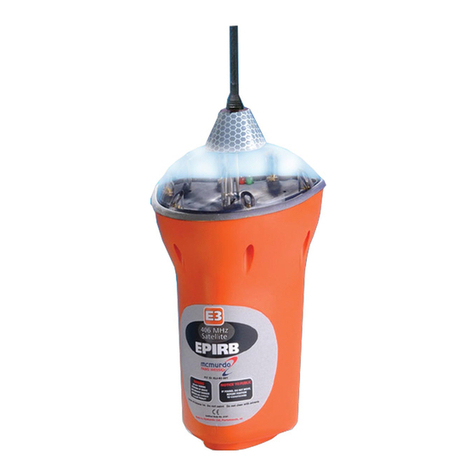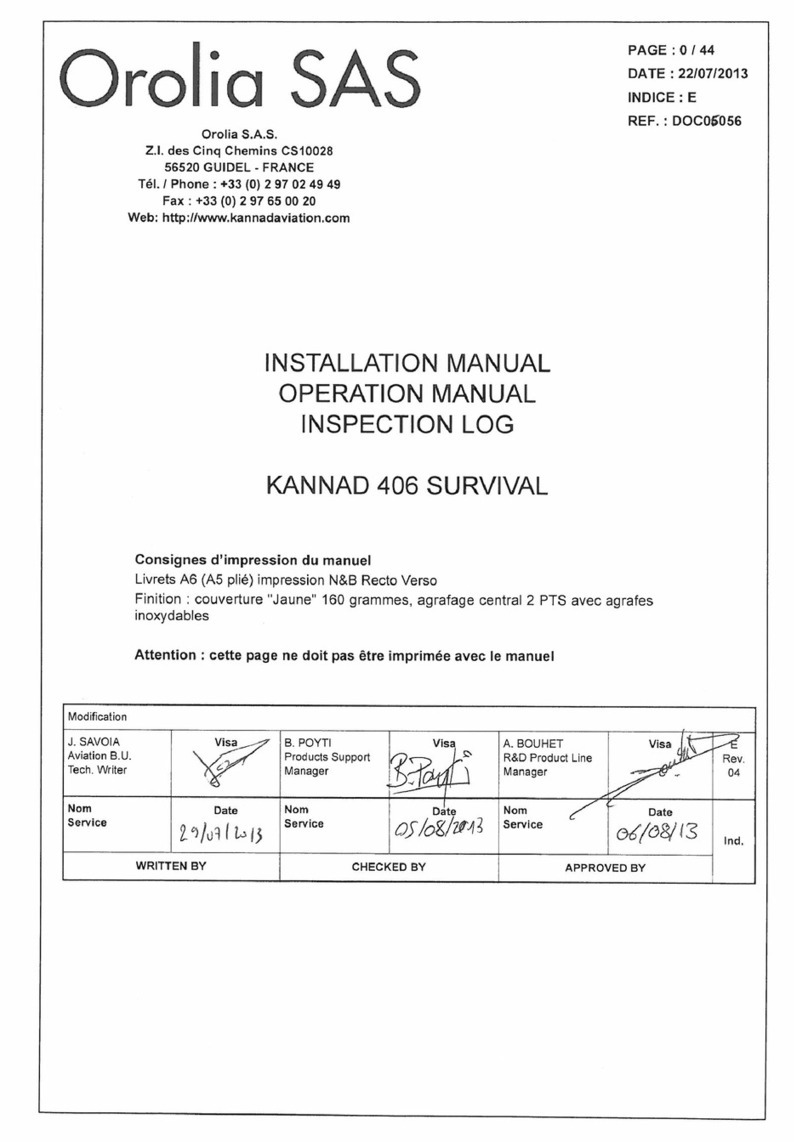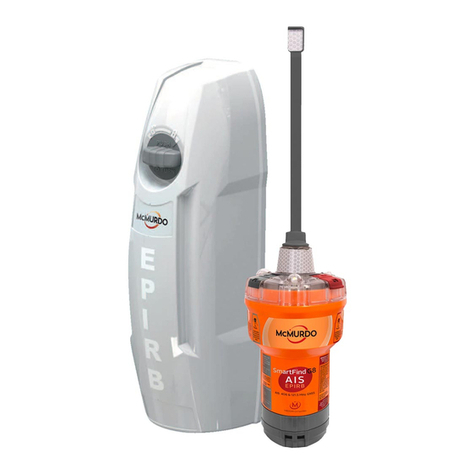
Commercial in confidence 85-909
PLB service manual Issue 4 Page
Lithium batteries
Hazardous chemicals Wear gloves
The batteries used in these products contain Lithium (Li). Lithium is inflammable, reacts
violently with water and constitutes a biological hazard. These batteries are HAZARDOUS if
short-circuited, punctured, incinerated or deformed. Lithium batteries must not be short
circuited.
Lithium batteries must be handled, transported and disposed of using appropriate safety
precautions and in accordance with applicable transportation regulations. The -20 °C battery
contains 7 grams of Lithium, the –40 °C battery contains 4.8 grams.
In the event of leakage of the battery electrolyte (which can be recognised by a pungent
odour), take care to avoid contact, particularly with open wounds; do not ingest the material.
Do not attempt to discharge a leaking battery – remove it using appropriate handling
materials and seal in a plastic bag, then dispose of it through an approved environmental
disposal agent, or in accordance with local regulations.
Radio frequency radiation
A PLB produces radio frequency radiation when it is activated. The radiated
level is below 5 W with a duty cycle of 1%. Due to the low duty cycle this is
not considered to be a hazard; however, it is advisable to avoid touching the
antenna of a transmitting PLB.
General precautions for chemical agents (adhesives, greases, IP )
Observe all safety precautions relevant to the country of operation. As a general rule,
protective overalls, gloves and goggles should be worn when handling these chemical
agents, but different countries may have additional requirements which must be observed.
Ensure that all chemical agents are handled in accordance with the manufacturer's
instructions, and that suitable protective clothing is worn.
ake sure that the working area is well ventilated, and that chemical substances are not left
exposed. Observe good hygiene practices; do not eat, drink or smoke when handling
chemicals.
Read the manufacturer's instructions before using any chemical agent.
Wear goggles Wear overalls Wash hands Wear gloves
Radio frequency
radiation






























